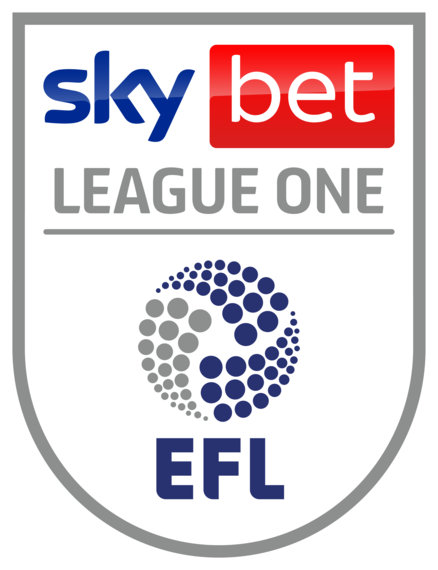Wellbeing Champions
Understanding Recovery and how to optimise your ‘Rest Days’
We eat, sleep, train, repeat—constantly striving to get bigger, stronger, faster or slimmer—but is there a point where too much becomes harmful? Many recognize the need for recovery after exercise, but do we understand what it takes to fully recover and whether we have achieved that state? We hear terms like overtraining and non-functional overreaching (the threshold just prior to overtraining) and wonder “Why do they get so much attention today?”
Answering these questions starts with a basic understanding of homeostasis, stress and recovery within the body.
- Homeostasis is a state of balance within the body that occurs when the variables in a system (e.g., pH, temperature) are regulated to keep internal conditions stable and relatively constant.
- Stress is a stimulus that overcomes (or threatens to overcome) the body’s ability to maintain homeostasis.
- Recovery is the body’s process for restoring homeostasis.
Signs of Overtraining include:
- Increased resting heart rate and/or blood pressure
- Decreased body weight
- Reduced appetite or loss of appetite and possibly some nausea
- Disturbed sleep patterns and inability to attain restful sleep
- Muscle soreness and general irritability
- Reduced motivation/adherence
Recovery Methods
- Sleep
Sleep and recovery depend on two vital data points:
- Basal sleep, which is the amount the body needs every night to recover
- Sleep debt, which accumulates if we do not get our basal sleep every night
If sleep debt piles up, rising stress and cortisol accumulation in the body will impair recovery and threaten our health. This stresses the need for quality sleep and a correct sleep ‘wind-down’ routine. Listening to podcasts, meditation and drinking less caffeine can help improve sleep quality.
- Massage
Massage techniques have been shown to decrease muscle soreness (delayed onset muscle soreness – DOMS), pain and stress, improve circulation and lymphatic flow, and create an enhanced perception of recovery. Types of massage include, deep tissue massage, hot stone massage, trigger point massage and reflexology.

